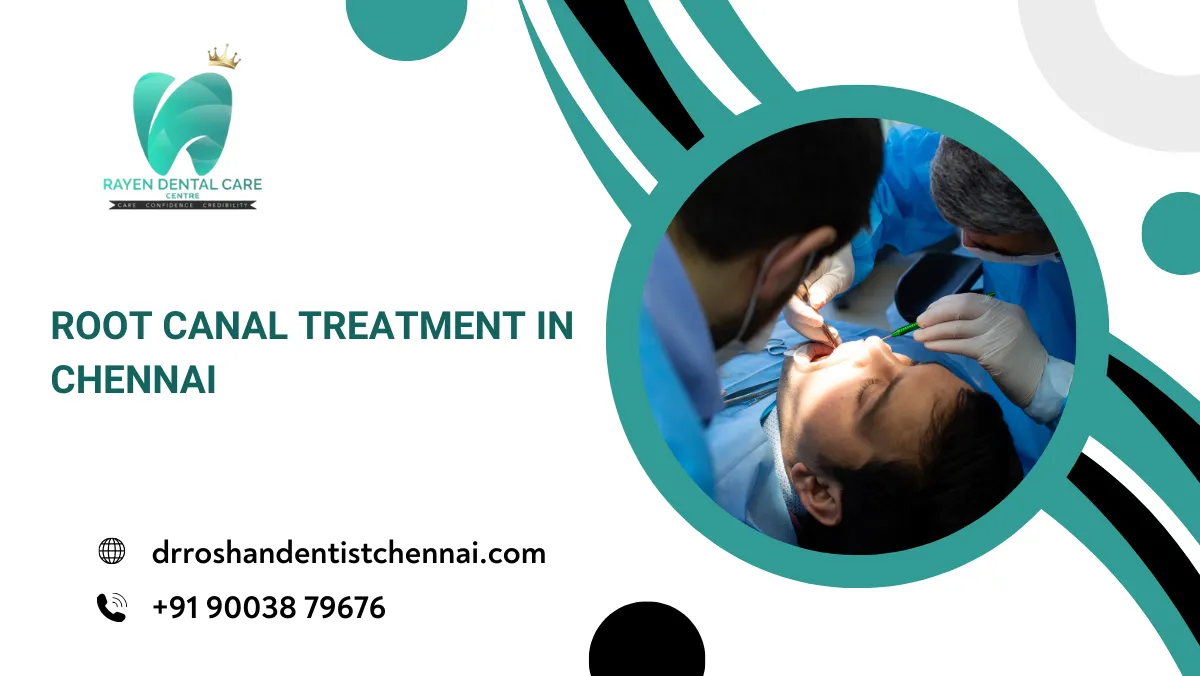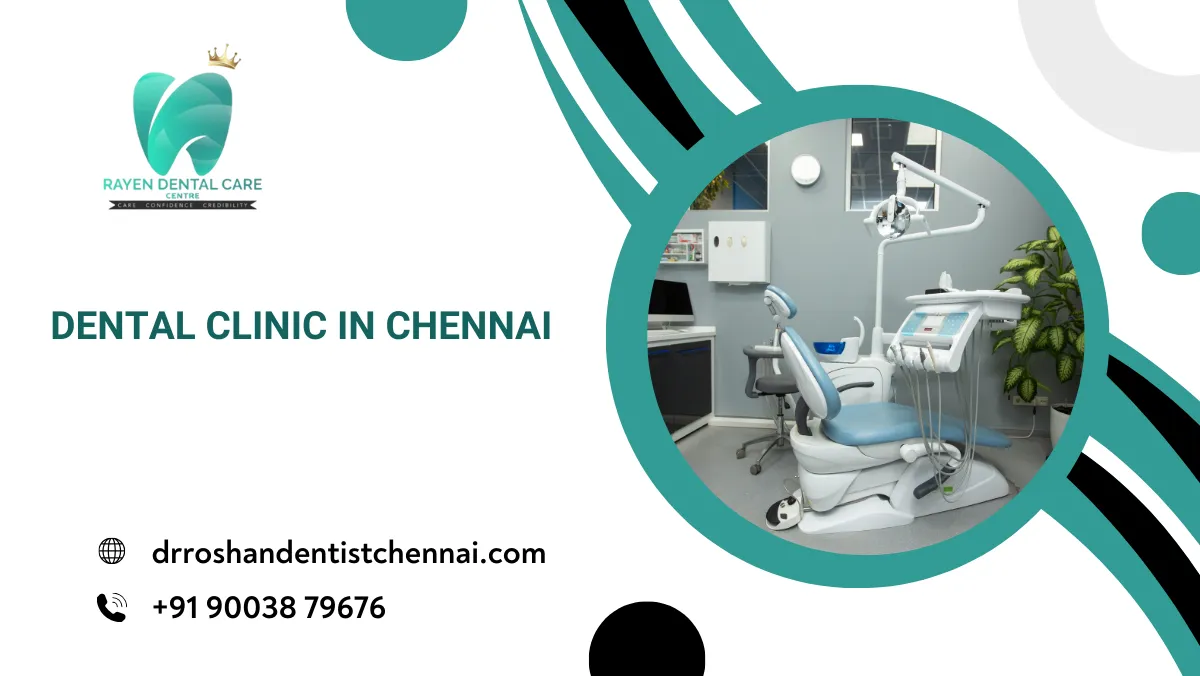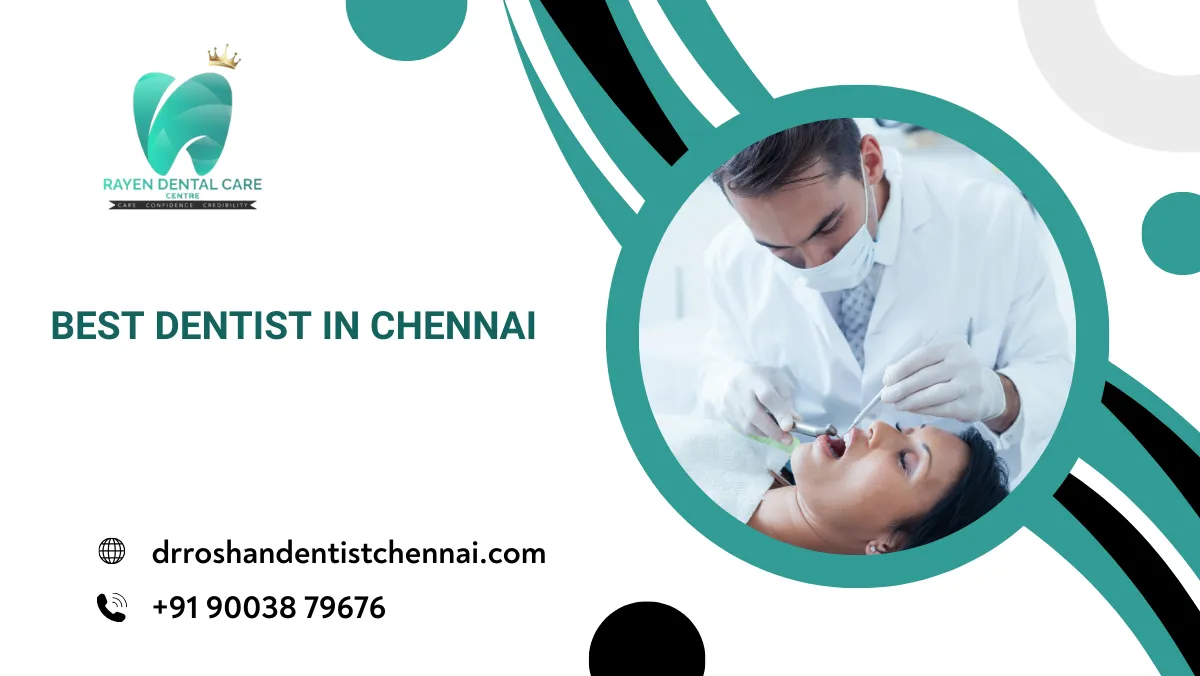Jaw surgery, also known as orthognathic surgery, is a specialized procedure aimed at correcting severe jaw misalignment in both children and adults. This surgery is often recommended when orthodontic treatments alone are insufficient to fix structural jaw irregularities. It helps improve bite function, facial symmetry, and overall oral health. Misaligned jaws can lead to difficulties in chewing, breathing, and speaking, affecting quality of life. The procedure is performed by an oral and maxillofacial surgeon in coordination with orthodontic care to achieve optimal results.
Advancements in technology have made jaw surgery safer and more efficient, ensuring minimal discomfort and faster recovery. Many patients experience significant improvements not only in function but also in facial aesthetics. Whether for medical or cosmetic reasons, jaw surgery offers a long-term solution for those facing severe misalignment issues.
Jaw Surgery Benefits
Orthognathic surgery provides a range of benefits that enhance both function and appearance. Patients who undergo the procedure often experience relief from chronic pain, improved speech, and better breathing. This surgery corrects skeletal discrepancies, ensuring a well-balanced bite and facial structure.
- Enhanced Chewing and Digestion: Misaligned jaws can make it difficult to chew food properly, leading to digestive issues. Correcting jaw alignment helps break down food more effectively, improving overall nutrition.
- Improved Speech and Breathing: Jaw misalignment can cause speech impediments and airway obstruction. Proper realignment enhances speech clarity and allows for easier breathing, especially in cases involving sleep apnea.
- Reduction of TMJ Disorders: Many individuals with misaligned jaws suffer from temporomandibular joint (TMJ) disorders, which cause jaw pain and headaches. Surgery helps alleviate these symptoms, promoting long-term comfort.
- Better Facial Aesthetics and Self-Confidence: Structural corrections enhance facial balance, boosting confidence and improving social interactions. Many patients find that their self-esteem improves significantly after recovery.
- Long-Term Oral Health Benefits: Correct jaw positioning helps prevent excessive wear on teeth and reduces the risk of gum disease and other dental issues associated with misalignment.
Orthognathic Surgery Process
The orthognathic surgery process involves multiple steps to ensure safe and effective correction of jaw alignment. The treatment plan is personalized based on the severity of the misalignment and the patient’s specific needs.
- Initial Consultation and Planning: A thorough examination, including X-rays, 3D scans, and dental impressions, helps the surgical team assess the extent of the misalignment and determine the best approach.
- Pre-Surgical Orthodontic Treatment: Many patients require braces or aligners before surgery to prepare the teeth and ensure proper post-surgical alignment.
- Surgical Procedure: The surgery is performed under general anesthesia, with precise cuts made to the jawbones to reposition them correctly. Titanium plates and screws are used to secure the bones in their new position.
- Recovery and Healing: Swelling and discomfort are common after surgery but typically subside within a few weeks. Patients are placed on a soft diet initially and gradually transition back to normal foods.
- Post-Surgical Orthodontic Adjustments: Once the jaw has healed, additional orthodontic treatments may be needed to fine-tune the bite and ensure stability.
Correcting Jaw Misalignment
Jaw misalignment can lead to a variety of complications, making correction essential for long-term health and well-being. This condition can affect daily activities, including eating, speaking, and even breathing properly.
- Types of Jaw Misalignment: Misalignment issues include underbites, overbites, crossbites, and open bites. Each type requires a tailored surgical approach to achieve optimal correction.
- Effects on Oral Health: Misaligned jaws can lead to uneven tooth wear, difficulty maintaining oral hygiene, and an increased risk of cavities and gum disease.
- Impact on Facial Symmetry: Structural imbalances in the jaw can cause asymmetrical facial features, which can be corrected through surgery to enhance overall facial harmony.
- Connection to Sleep Apnea: Some jaw misalignments contribute to obstructive sleep apnea, a condition where breathing is interrupted during sleep. Jaw realignment can significantly reduce symptoms and improve sleep quality.
- Customized Treatment Approaches: Each patient’s misalignment issue is unique, requiring a personalized surgical plan that takes into account their specific needs and goals.
Surgical Jaw Correction
Surgical jaw correction is performed using advanced techniques that ensure precision and efficiency. The procedure is highly customized to provide the best functional and aesthetic outcomes.
- Advanced Imaging and Planning: Cutting-edge technology such as digital scans and 3D modeling enables surgeons to map out the exact corrections needed before the procedure.
- Types of Surgeries Performed: Different techniques include maxillary osteotomy (upper jaw surgery), mandibular osteotomy (lower jaw surgery), and genioplasty (chin surgery), which may be combined based on individual requirements.
- Minimally Invasive Techniques: Some procedures utilize minimally invasive approaches to reduce scarring and recovery time, improving overall patient comfort.
- Importance of Skilled Surgeons: A highly experienced oral and maxillofacial surgeon ensures that the procedure is performed safely with optimal precision.
- Expected Recovery Time: Healing typically takes several weeks, with most patients resuming normal activities within one to two months. Full jaw function is restored gradually with guidance from specialists.
Jaw Realignment Treatment
Jaw realignment treatment is a comprehensive approach to restoring proper jaw function and aesthetics. It involves both surgical and non-surgical interventions depending on the severity of the condition.
- Non-Surgical Alternatives: In mild cases, orthodontic treatments such as braces or clear aligners may help correct minor jaw misalignment without the need for surgery.
- Surgical Intervention for Severe Cases: When orthodontics alone cannot achieve the desired results, jaw surgery becomes necessary to ensure proper alignment and stability.
- Post-Treatment Rehabilitation: Recovery includes physical therapy and guided jaw exercises to strengthen muscles and restore full function.
- Nutritional Support During Healing: Patients are advised to follow a soft food diet initially and gradually reintroduce solid foods as the jaw heals.
- Long-Term Stability and Follow-Up Care: Regular check-ups ensure that the alignment remains stable over time and that no further adjustments are required.
Conclusion
Orthognathic surgery is a transformative procedure that corrects severe jaw misalignment, improving both function and aesthetics for children and adults. It enhances quality of life by resolving issues related to chewing, speaking, breathing, and facial symmetry. The process, from pre-surgical orthodontic preparation to post-operative care, is carefully planned to achieve the best possible results. With advancements in surgical techniques and personalized treatment approaches, patients can expect a safe and effective solution for their jaw-related concerns. For expert care and specialized treatment, Rayen’s Dental Clinic offers professional orthognathic surgery tailored to each patient’s unique needs.
Read also: Myofunctional Therapy









